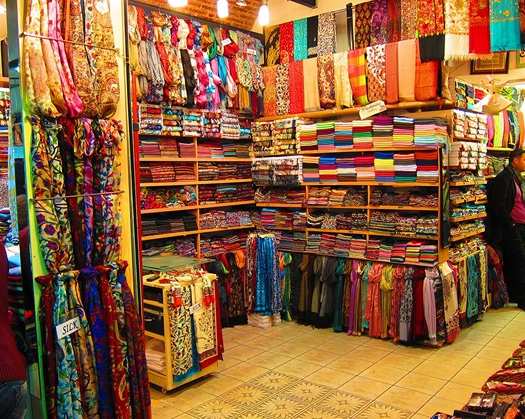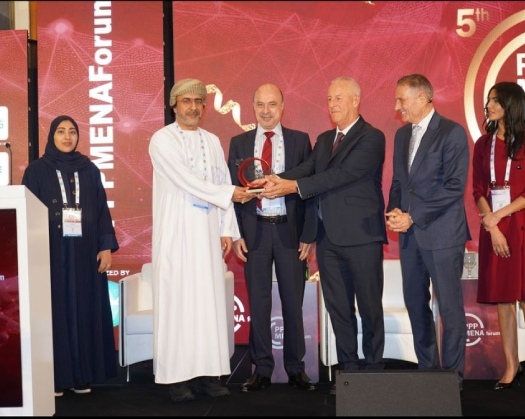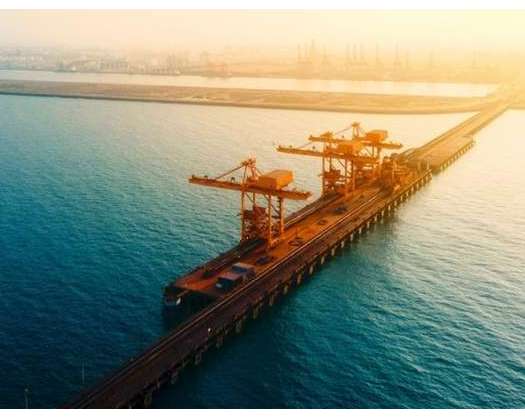Lahore: According to The Express Tribune, Pakistan's textile industry, which was once on track to boost its export earnings, has begun to lose its momentum.
The year 2024 has proven to be difficult for this vital sector, often regarded as the backbone of the country's industrial economy.
In the fiscal year 2023-24, textile exports experienced a slight increase of 0.93 percent, yielding a significant USD 16.7 billion in export revenue. However, in the first five months of FY25, textile exports amounted to USD 7.607 billion, marking a 10.51 percent rise compared to the same timeframe last year, as reported by The Express Tribune.
During the first 11 months of 2024, textile exports reached only USD 15.43 billion. Industry experts predict that the December figure could be around USD 1.5 billion, leading to a year-end total that may fall short of USD 17 billion.
Ijaz Khokhar, Patron-in-Chief of Pakistan Textile Exports, commented, "The early months of this calendar year were relatively favorable for the textile sector, especially exports, which exhibited a positive trend."
However, this positive trend began to wane after the initial months. The main factor contributing to this decline has been the ongoing political instability that has lasted for over two years. Khokhar noted, "We have lost at least 40 percent of our export orders because buyers, wary of relying on Pakistani textile manufacturers due to political issues, are redirecting their orders to Vietnam."
Additionally, others pointed out that Pakistan missed opportunities to capture orders that were redirected from Bangladesh due to its own political challenges. Waqas Hanif, a mid-sized textile miller from Lahore, stated, "Textile manufacturers in Pakistan should have capitalized on the opportunity presented by the political changes in Bangladesh. Unfortunately, our millers have struggled to meet demand due to price disparities."
A report from the Express Tribune indicates that a considerable share of demand has shifted back to Vietnam, primarily due to the lack of product diversification among Pakistani millers. Hanif pointed out that Vietnam has made significant advancements in the textile industry and other sectors, providing a broader array of products at more competitive prices.
Historically, Pakistan was the preferred destination for international buyers because of its attractive pricing. However, the nation has faced ongoing challenges in diversifying its product offerings. Over the last ten years, there has been a collective call from the government, textile millers, analysts, and foreign buyers for greater diversification.
Although some millers are attempting to adapt, the industry overall is still lagging in developing the new products that European Union and American buyers demand. Government support in this regard has been insufficient. Economists warn that persistent political instability, coupled with strict policies from the finance ministry and the Federal Board of Revenue (FBR), could significantly impact this sector, which is crucial for export earnings.
Ahmad Aziz Subhani, an economist based in the UAE, questioned, "Given that the local industry has stagnated for years, how can we anticipate product diversification or an increase in export revenue?"
Recently, the FBR has placed the textile sector under the standard tax regime, increasing the advance tax for millers from 1 percent to 2 percent. Additionally, millers are now required to provide comprehensive business information to the FBR.
Subhani noted that as a result of the tax hike, numerous Pakistani textile firms have begun relocating to Dubai. "To date, around 400 companies have established offices in Dubai and registered with the Dubai Chamber of Commerce. This trend may lead to under-invoicing of export orders by several Pakistani millers, further diminishing export revenue," he remarked.
The report indicated that numerous leaders within the textile industry are expressing concerns that the sector is moving in an unfavorable direction.
Ashraf Ali, a textile retailer from Faisalabad, stated, "We are facing significant challenges due to soaring energy costs, which have resulted in a decrease in operational mills and a migration of orders to Vietnam. The financial losses we have incurred are uncertain, but they amount to billions of dollars." He also warned of an impending cotton crisis, noting that nearly half of the spinning units have ceased operations due to liquidity issues and delays in the Federal Board of Revenue's processing of sales tax refunds.
Ali further predicted, "We should anticipate an increase in yarn prices and a potential shortage of the product by 2025." The industry is also closely monitoring the potential implications of Trump's second term, as many variables hinge on the policies that the incoming U.S. president may enact.
Mill operators contend that any restrictions arising from political instability or other circumstances could severely harm Pakistan's textile sector. They also highlighted that the ongoing conflicts in Ukraine and the Middle East could exacerbate tensions and negatively impact the global economy.
In conclusion, textile exports for the current fiscal year are expected to either decline or remain stagnant due to the myriad challenges confronting the industry. The sector has nearly abandoned hopes of achieving its USD 25 billion export target, as stakeholders believe that without a definitive textile policy and the active participation of key players in the decision-making process, this goal will remain unattainable.









